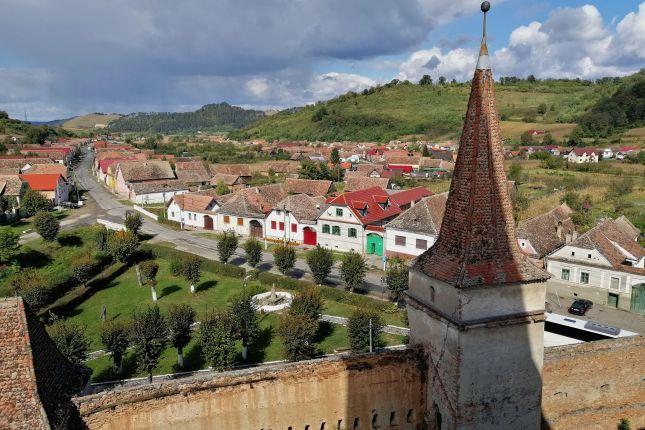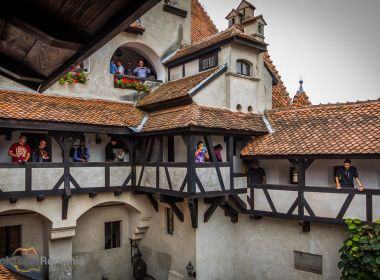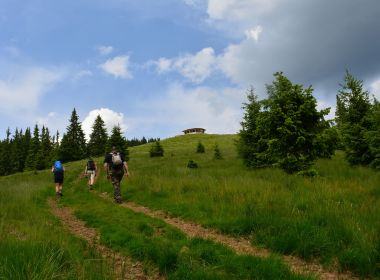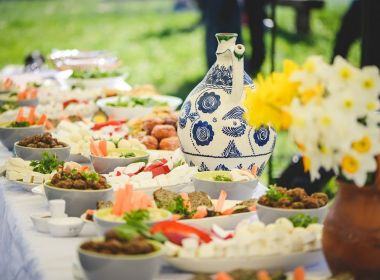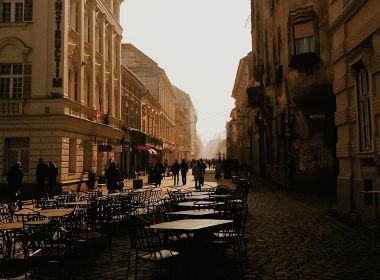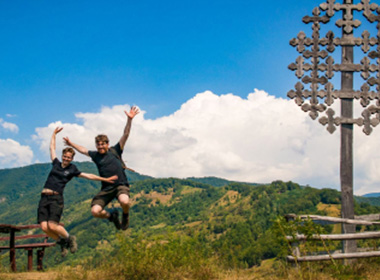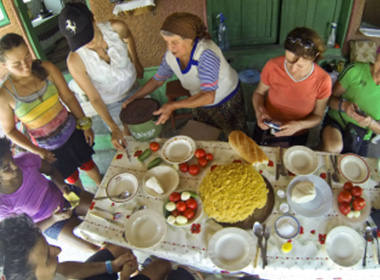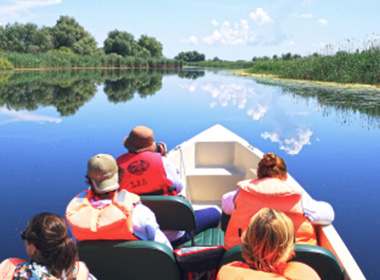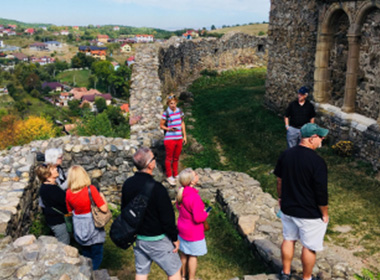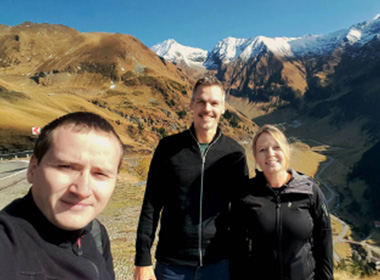Transylvania Map & Guide | All You Need to Know Before You Visit
Transylvania (Latin for land beyond the forest) is a historic region part of Romania with an intriguing reputation for its natural beauty and well-preserved cultural heritage. With vast woodlands, rolling hills, and quaint villages, the slow and peaceful way of life found here is becoming a rarity in this always-connected, fast-paced world. It is also the most disputed region, and its map has often changed due to these disputes.
Historical maps, such as Ortelius Pl. 78, highlight Transylvania's geographical and historical significance, showcasing its rich heritage and key locations.
Table of contents
- Why visit this part of Romania?
- Introduction
- Geography and Location
- History and Culture
- Some things about the history of Transylvania (and Romania)
- Home to some of the best-preserved medieval towns
- Transylvanian cuisine
- The most extended reach of the Roman Catholic Church in the country
- Historical Atlas
- Southern Transylvania
- Should you visit Romania only for Dracula?
The region is located inside the Carpathian Arc, benefiting from natural protection and a rich geography with superb landscapes against picturesque villages or medieval ruins. We locals say that Transylvania has a vibe like nothing compared to what can be found in the South (Wallachia or Țara Românească) or the East (Moldova) of Romania.
Thanks to the ’Dracula’ novel published in London in 1897 (a work of fiction that proved to be a page-turner), which connected a myth to Bran Castle and King Charles' efforts to promote the place where he has been spending his summers since 1998, Transylvania is the *quintessential slow tourism destination.* Visiting requires several days, some planning, and an understanding of what you'll see that differs from other countries. That's why we've put together a small guide to help you visit.
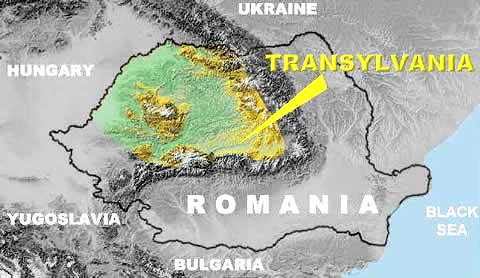
Quick facts:
- Size and exact layout: 102.000 km2 (bigger than Austria)
- Also known as: Ardeal in Romanian, Erdély in Hungarian or Siebenbürgen in German
- Main cities of Transylvania: Cluj-Napoca, Brasov, Sibiu and Oradea
- Closest airports: Cluj-Napoca (best choice, very well connected) and Sibiu; Bucharest and Timisoara are farther away options
- Getting there from Bucharest: 3 hours to Brasov and 5 hours to Sibiu, by car or train
- Most connected train stations: Brasov and Cluj-Napoca
- Languages spoken: Romanian; you will also hear Hungarian in the Eastern part (Szekely land) and German in the Southern part (former Saxon settlements); English in larger towns and around tourist sights
- Recommended number of days for your trip: 3 full days minimum; 5 days is what we recommend to get the full experience!
- Main attractions: see our list of 8 'must see' sights of Transylvania
- Check out our handpicked tours and trips in Transylvania
Why visit this part of Romania?
Transylvania represents a third of present-day Romania, with a population of 7 million (out of 19 million), and is the most economically developed area with major Romanian cities and hotspots. Transylvania itself is made out of several smaller regions: at the heart of Romania, Transylvania proper (Brasov - Sibiu - Cluj-Napoca - Tg. Mures area), Crisana (the North-Western border region around Oradea), and *Maramures*.
Nature lovers will be thrilled: the Southern part of the Carpathian Mts. around Brasov and Sibiu (Bucegi Massif, Piatra Craiului Natural Park, Zarnesti Gorge, Fagaras Mountains, etc) boast spectacular views, great hiking trails and a rich wildlife like nowhere else in Europe. Check our guide to hiking in Transylvania to find out more about planning your trip and tour suggestions.
- Our favorite thing: The beautiful rolling hills with mountains in the background are the perfect setting for a horse riding trip in Transylvania - we did it and it was magical!
Did you know that Romania has the largest brown bear population in Europe? Brown bears are protected by law and eco-friendly non-profits can take you on a unique bear tracking experience in Transylvania.
Also, if you wondered whether the stories about Dracula were true, this is the best place to find out.
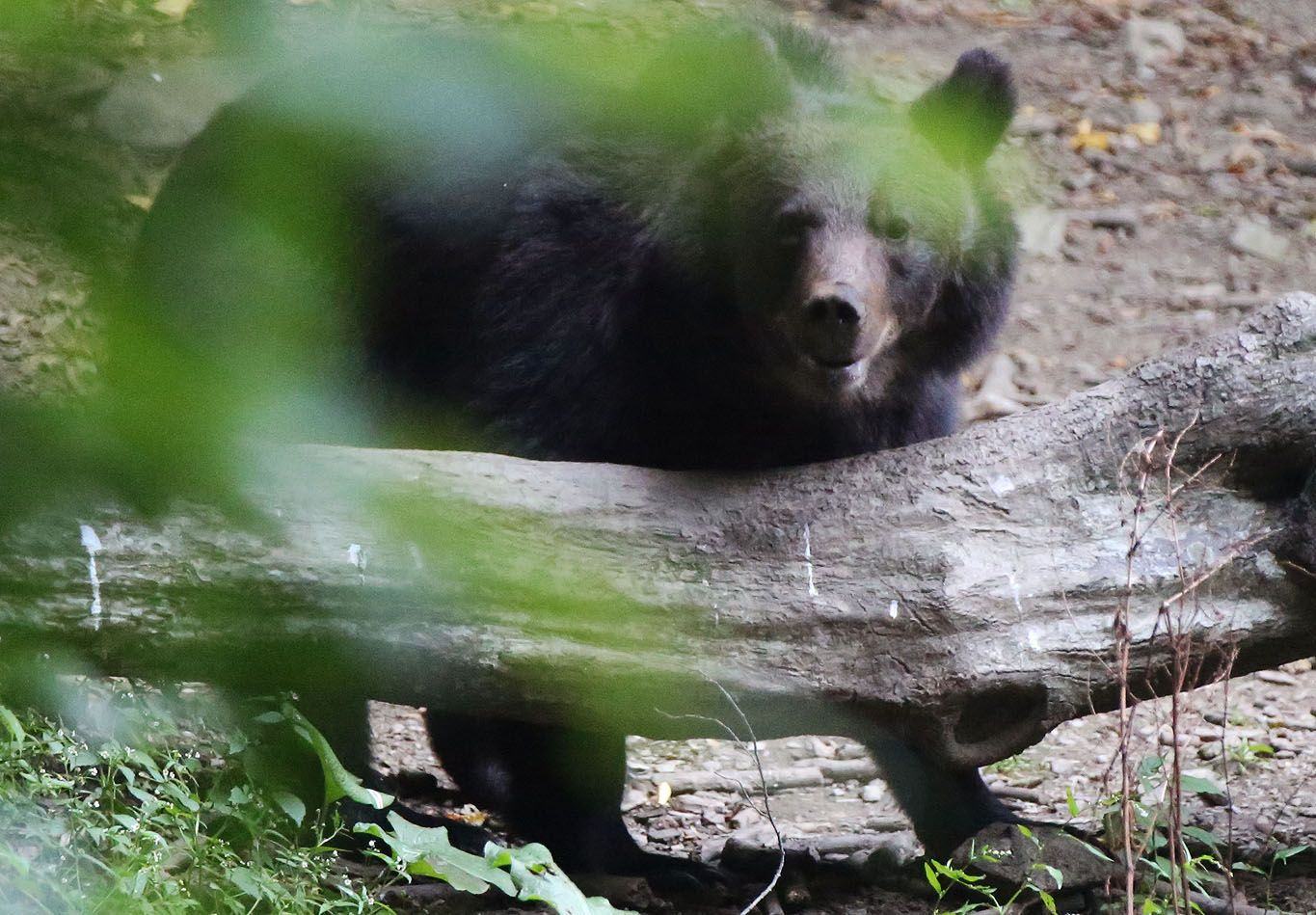
Introduction
Transylvania is a historical and cultural region in central Romania, known for its preserved medieval towns, rich history, and diverse heritage. Nestled in the heart of Eastern Europe, Transylvania has long been a crossroads of various empires and civilizations.
This unique position has left a fascinating blend of architectural marvels, traditions, and natural wonders. Transylvania offers a journey through time and nature that is unlike any other.
Geography and Location
Transylvania is in central Romania, bordered by the majestic Carpathian Mountains to the east and south and the rugged Apuseni Mountains to the west. Covering an area of approximately 39,700 square miles (102,710 square kilometers), this region is a haven for nature lovers and outdoor enthusiasts.
Major cities such as Cluj-Napoca, Brașov, and Sibiu serve as cultural and economic hubs, each offering a unique glimpse into the region's vibrant life. Transylvania's geography is a tapestry of mountains, forests, and valleys, making it a perfect destination for hiking, wildlife spotting, and exploring the great outdoors.
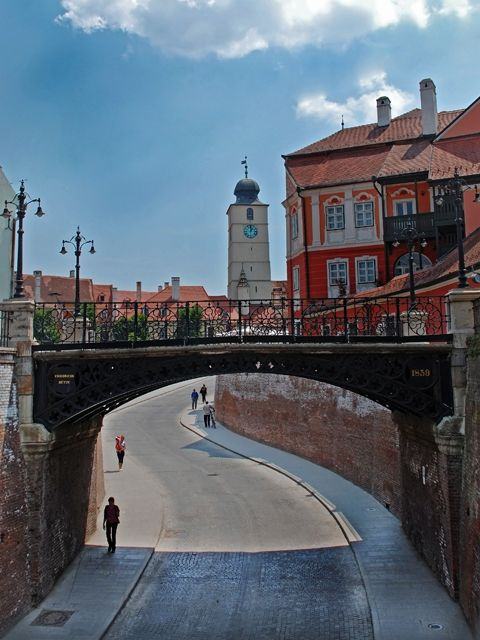
History and Culture
Transylvania's history is as rich and complex as its landscape. Once occupied by Dacian settlers and part of Dacia, then a Roman province, the region has been shaped by the ebb and flow of various empires and kingdoms, having been included in the administrative map of the Austro-Hungarian Empire, the Habsburg Empire, and the Principality of Transylvania.
This historical region is filled with landmarks that showcase its rich past, making it one of the top reasons to visit Romania. From the Villages with Fortified Churches, a UNESCO World Heritage Site, to the medieval city of Sighișoara, the birthplace of Vlad III, also known as Vlad the Impaler, every corner of Transylvania tells a story. This infamous figure inspired Bram Stoker’s legendary character, Dracula, adding a layer of gothic allure to the region’s already captivating history.
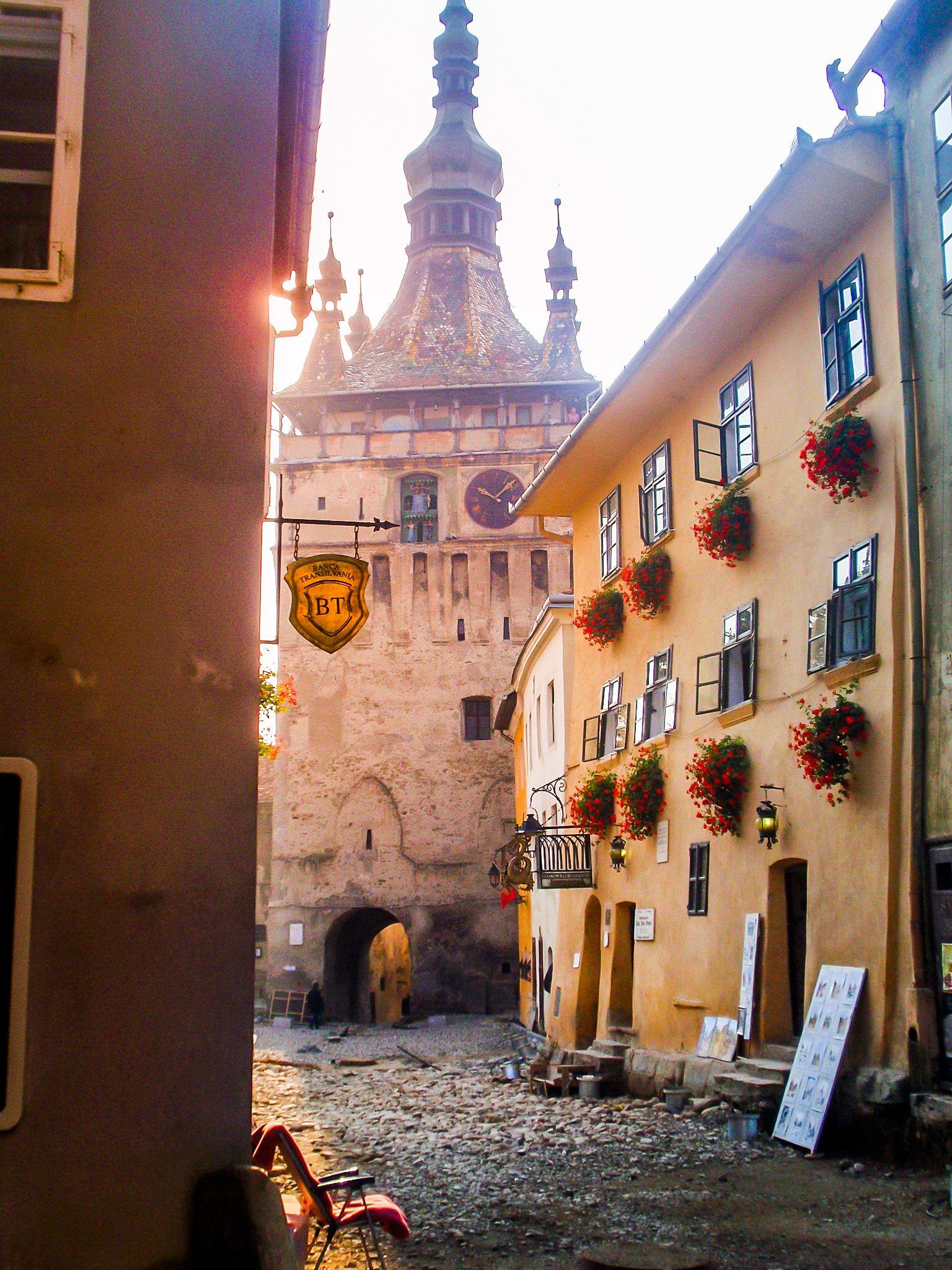
Some things about the history of Transylvania (and Romania)
Our Dacian ancestors settled in the Southwestern parts of Transylvania (in the Orastie Mountains of Hateg) more than 2,000 years ago. They founded several settlements along with their capital city, Sarmisegetusza Dacia. After several battles, the Romans conquered and settled Dacia in 105, thus starting the long process that gave birth to our nation in the High Middle Ages (approx. 1300).
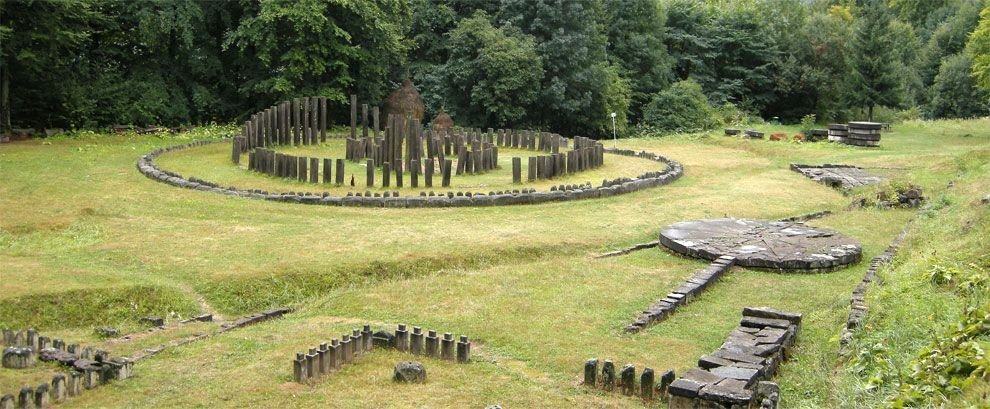
Over the past 1,000 years, Transylvania has seen many migrations through its territory, transforming it into a rich mosaic of cultures and settlements. Eventually, the Principality of Transylvania was established with a unique blend of majority Vlachs (Romanians), Hungarian Székelys, and German Saxons, according to the population census done periodically. The Transylvanian Saxons had historical grievances against Prince Vlad the Impaler, which added to the region's multifaceted identity and tumultuous past. Even the Turks had their say in this territory's governing and direction.
One of the most critical moments in Transylvania's history is the singing of the Leopoldine Diploma in December 1691 by Habsburg emperor Leopold I. This treaty recognized the Transylvanian principality as a province of the Austro-Hungarian kingdom under Vienna's protection (direct rule). However, it meant that, at the time, the principality submitted to the control of the emperor's governors.
More than just another map change, it meant that from that point on, Romanians living in Transylvania were considered "tolerated" citizens with fewer rights than Saxon or Hungarian descent. The nobles loyal to Hungary proved to be quite hostile to people of Romanian origins, hindering their evolution and desire to advance in the administrative hierarchy.
WW1 was considerably painful for Romanians in Transylvania because they joined a war knowing they would have to fight against other Romanians from different regions. At the war's end, in 1920, the Allies confirmed the union of Transylvania with the Romanian Kingdom in the Treaty of Trianon. Hungary regained about two-fifths of Transylvania during World War II (according to the Vienna Award in August 1940) but was returned to Romania in 1947. This is how the map of Romania and Transylvania changed several times in not even 30 years.
Home to some of the best-preserved medieval towns
There is much fascinating and tumultuous history waiting to be discovered at major historic sights such as Corvin (Hunyadi) Castle, any of the 7 fortified settlements (cities of Bistrita, Brasov, Cluj-Napoca, Medias, Sebes, Sibiu and Sighisoara) or the Saxon villages with fortified churches. One not to miss is Alba Iulia Citadel due to its significant role in the Great Union of 1918 when Transylvania voted to join the Kingdom of Romania then formed of the principalities of Wallachia (Țara Românească in the South) and Moldova (East), ending a 300-year long struggle for all Romanians to be united.
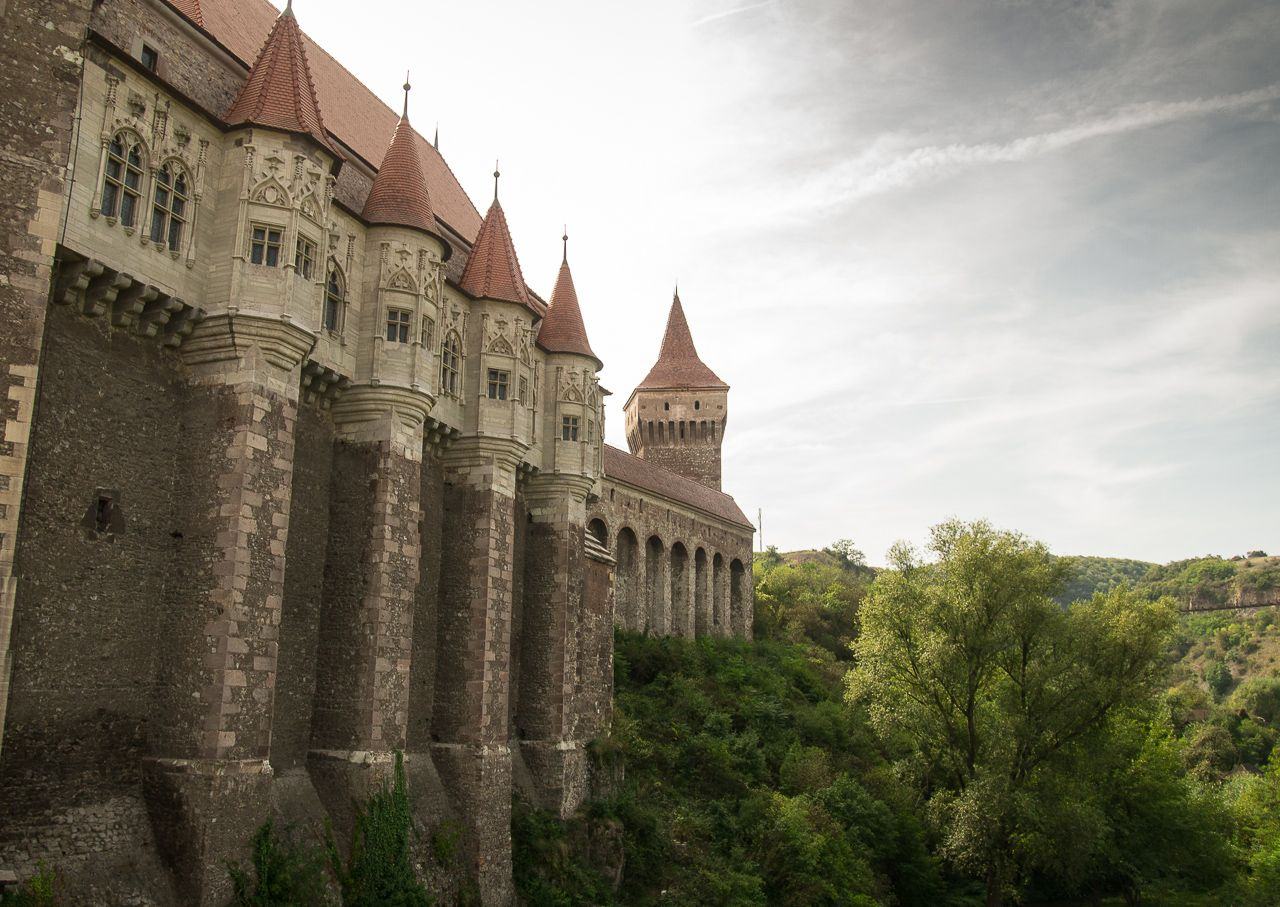
Transylvanian cuisine
Lastly, you should also know that Romanian cuisine is slightly different depending on the region you are in. Some dishes are prepared differently across the country while others, such as those from the Maramures region, cannot be found anywhere else.
Transylvanian cuisine is unique on a world gastronomical map. It is different from that of the rest of Romania: a bit heavy on fat (the healthy type!), based on pork meat, vegetables in various stews, and sour soups (called ciorbă). Don't miss bulz, ciorbă, paprikaș, or pie (including fried dough).
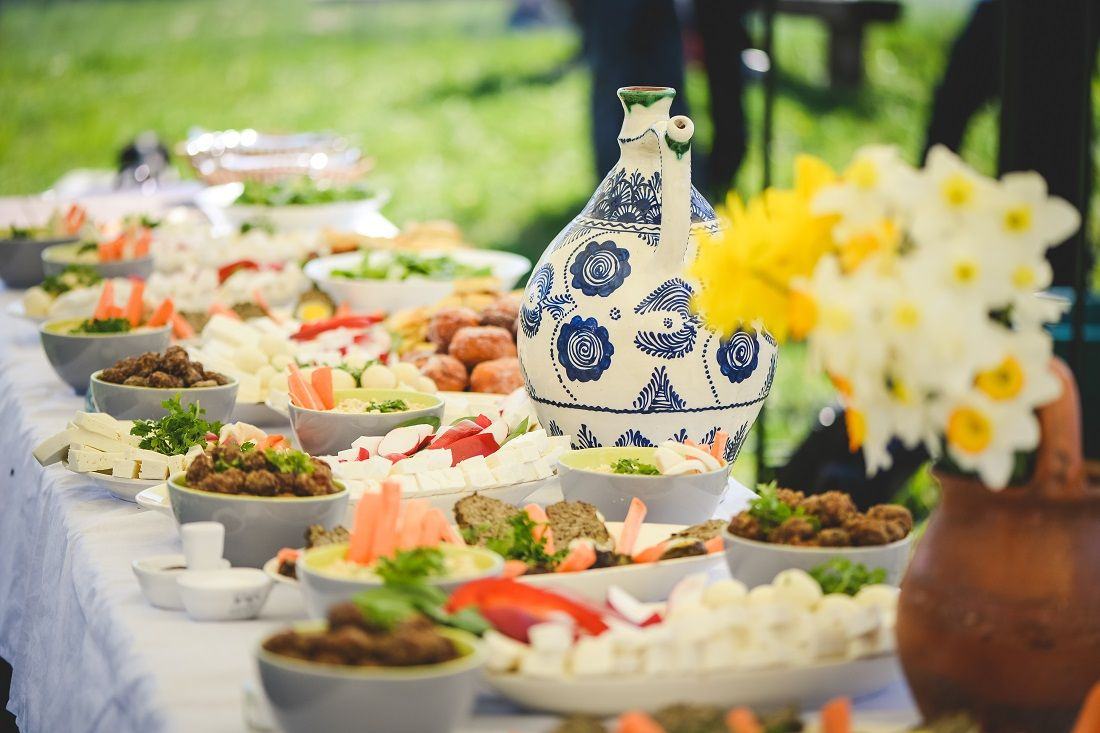
Dishes in Transylvania are representative of the peasant food culture in the region, with influences from Austro-Hungarian dishes. A food trip in the Sibiu's countryside is the perfect way to discover the delicious food of Transylvania.
For an even more engaging experience, try the gastronomic spots throughout Transylvania. You can eat homemade food in someone's living room or attend a brunch with traditional food in the courtyard of an old church on a warm and sunny Sunday afternoon.
In popular culture, people in Ardeal (Transylvania) are known to be calmer, move, and act slower, as they have all the time in the world. This contrasts with the more dynamic nature of any Romanian living in any other Romanian region. Their tempered and calm nature seems to have come from the direct influence of the Germans or Saxon settlers, and it is something other Romanians love, cherish (and sometimes lovingly joke) about the inhabitants of most counties in Transylvania.
The most extended reach of the Roman Catholic Church in the country
Transylvania's religious evolution has had a different trajectory than the other Romanian historical regions. As the region has been part of the administrative map of Austria, Hungary, and Romania, the religious mix can be expected, but it is also unique in the country.
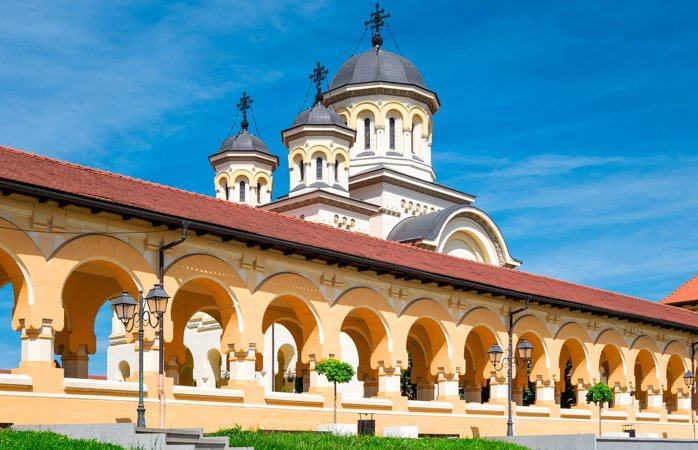
While the regions of Oltenia, Muntenia, Moldova, and Dobrogea have mainly embraced Eastern Orthodoxy, the Western part of the country has seen its spiritual landscape marked by the strong influence of Saxon settlers and the directions of Hungary.
Therefore, while visiting Transylvania, you will see Catholic churches, Orthodox ones, and cathedrals in line with the principles of Protestantism. It is interesting to discover the values communities in the counties of Transylvania gather around.
Historical Atlas
The Historical Atlas of Transylvania is an invaluable resource for anyone interested in the region's past. This comprehensive collection of maps provides a detailed overview of Transylvania's history, from ancient to modern times. The atlas includes historical maps of former countries and empires that once encompassed present-day Transylvania and each administrative map that illustrates the region's evolving boundaries.
For historians and researchers, the atlas is essential for understanding the intricate tapestry of Transylvania's heritage.
It is interesting to see the census taken on the population in various maps and graphs in any atlas and how many Vlachs, Germans, and Hungarians lived here throughout time. These movements of people and the way in which the map changes so often are what make Transylvania so fascinating.
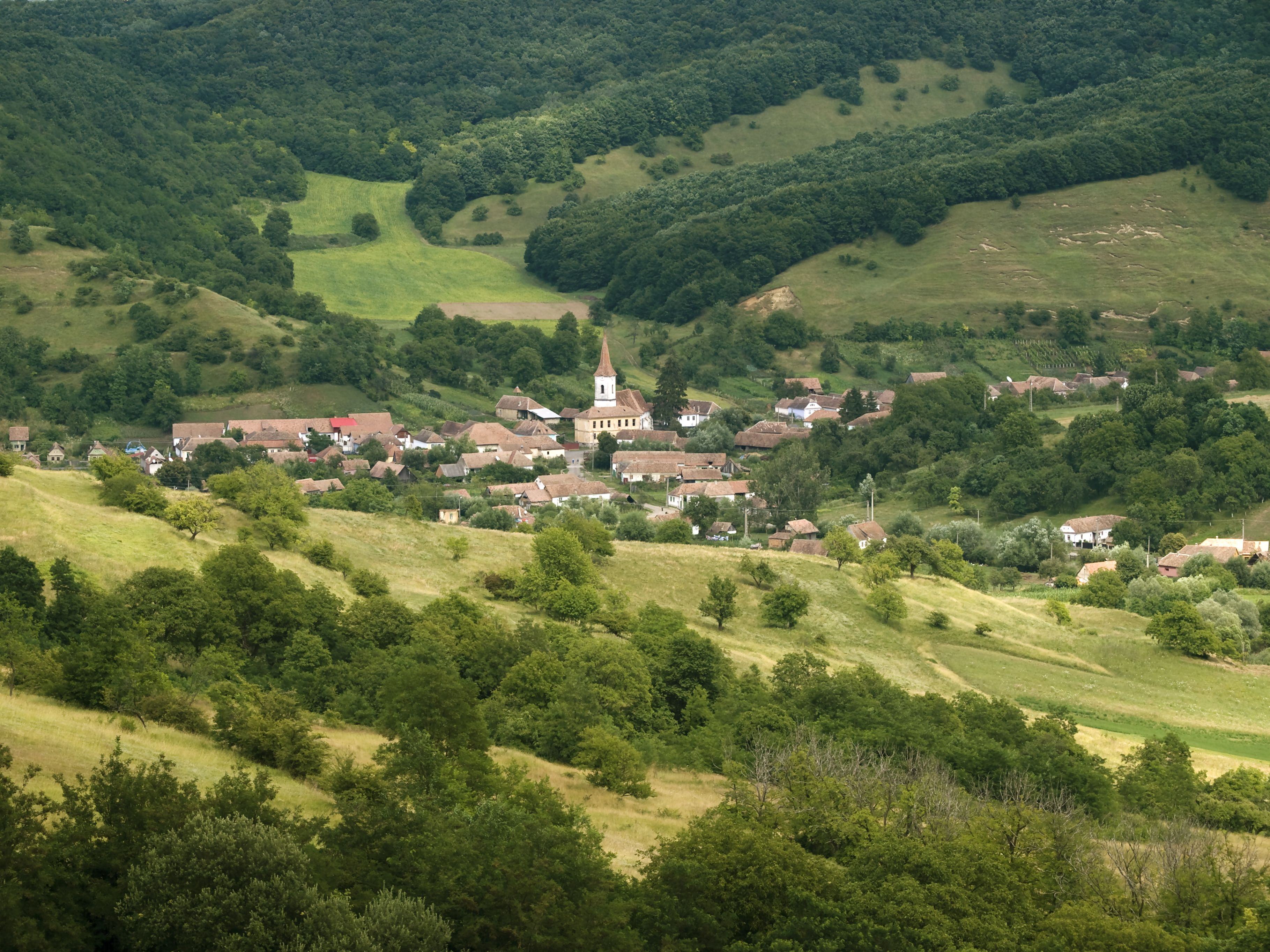
A comprehensive atlas should also have entries for every castle, graphs of the religious denominations and languages spoken according to each census and the period in which it was conducted, along with maps and important references that would best explain the movement of the people and the administrative changes made in the area.
The land was attractive, and living here appealed to so many people. And complicated as it was, you can somehow still feel like there was this notion of harmony and authenticity, of peace, calm, and cohabitation. This is what makes Transylvania so incredible—not the made-up story of Dracula, but the real-life stories of freedom paid for through blood and death.
Southern Transylvania
Southern Transylvania is a region of stunning natural beauty characterized by dense forests and charming traditional villages. This area is home to several historical landmarks, with a castle and fortified church with communities built around it, like Biertan, a UNESCO World Heritage Site known for its well-preserved medieval architecture.
Southern Transylvania is also celebrated for its rich heritage, which includes traditional folk music, dance, and crafts, all beautiful things one cannot see on an administrative map. Visitors to this region can immerse themselves in a unique blend of natural splendor, historical intrigue, and spiritual richness, making it a must-visit destination for any traveler exploring Transylvania.
Any atlas trying to hold between its covers the essence of what Transylvania is and why it exerted such attraction would be very thick: each page dedicated to another thing of beauty, like its breathtaking scenery, each page to the complicated census that shows how such diverse people managed to live together for so many years, whole chapters dedicated to every castle and fortifications and their fascinating stories, along with a map for you to quickly find each sight and make sure you visit.
Should you visit Romania only for Dracula?
Sure, Dracula is what most people associate Romania with. Even if this bloodthirsty count is the result of the imagination of a writer and his editors, if it sparks enough curiosity for people to look up Romania on a map and plan a visit, then it is a good thing.
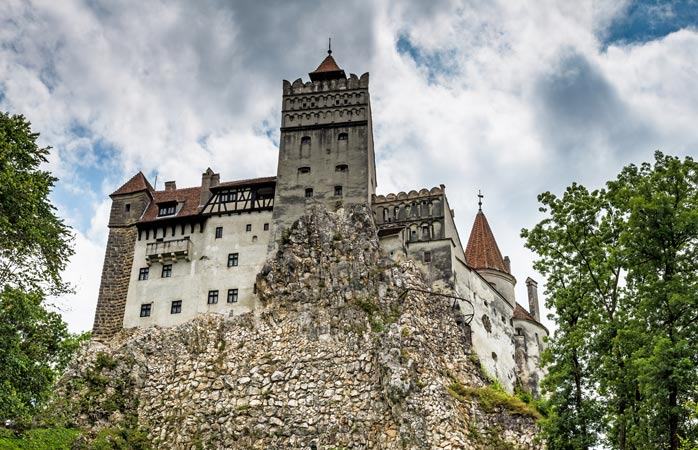
No, Dracula was not real in the way he was presented in the books. Romanians do not believe in vampires as much as you would expect, and many of the historical landmarks related to Vlad Tepes are not mentioned in the book. What is more, you will find out that Tepes is seen as a hero in Romania for the way in which he dealt with the Turks and managed internal and external affairs.
Did this make you more curious than the Dracula novel? Good!
Places to visit
4 times a year we prepare a newsletter with local stories, places and our special insights about Romanian culture and local life that will inspire you to visit our country and have an authentic local experience. Would you like to get it?
